
How to Get Cheap Fruit and Vegetables in Your Environment – All the Time
SK Saxena PMP (PMI)
Seasonal fruits and vegetables are always at the right price to buy. Consumers must be aware of seasonal fruits and vegetables and avoid buying the nonseasonal fruits and vegetables at high cost.
Fruit, each in its season, is the cheapest, most elegant, and wholesome dessert you can offer your family or friends, at luncheon or tea.

“Live in each season as it passes: breathe the air, drink the drink, taste the seasonal fruit.” ….
Henry David Thoreau
Every fruit and vegetable tastes better in its season. It is because they naturally ripen to provide taste and nutritional richness.
Contents
How to Get Cheap Fruit and Vegetables in Your Environment – All the Time,
Seasonal fruits and vegetables,
A Crop Environment Example,
Pre-Winter, Winter and Post Winter Fruits and Vegetables,
Pre-Summer, Summer and Post Summer Fruits ,
Pre-Summer, Summer and Post Summer Vegetables,
Organic Crops,
Kisan Kavi Ghagh,
What not to eat and when – Ghagh,
General
First thing to understand is that the best fruits and vegetables ate those that are grow in environment near you in your natural climate. Such fruits and vegetables provide natural taste to enjoy. Contrary to this the fruits and vegetables which are grown in environment at distance from you may not be as tasty, and costly due to transportation, and in such cases some chemicals added may be dangerous for health.
There is environment that are not natural for crop but with the artificial use and with the use of chemicals, crops are grown prior to the natural climate to get better payments. These crops are costly, and transportation make them further costly. These lack naturalness freshness and are less tasty.
These days transport system is better, along with communication, therefore goods can be transported from far off distance in less time or say overnight. (From one climate to other).
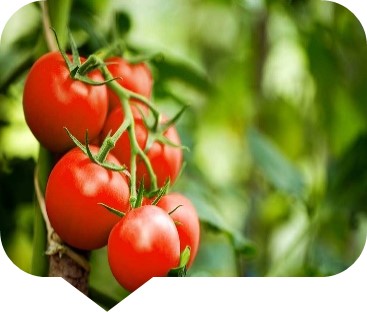
A Crop Environment Example
Potatoes are grown at the onset of winter near Delhi and the new potatoes are available about two months later, in winter. ( Potatoes are short duration winter crop. These are stored in cold storages to use throughout the year) Also potatoes are grown in Dehradun where onset of winter is earlier, the potatoes are available earlier in comparison to Delhi and if transported overnight to Delhi shall fetch good price and at the same time shall be costly to Delhi Consumers as new potatoes.
Therefore, a wait and watch policy are required to get the potato at cheap rates.
People do not understand the crop season and want to use potatoes any time. The luxury to fulfil such need is costly . And in such cases if consumers and media cry for dearness simply show ignorance and create fake information in the minds of consumer. It will not affect the elite or affording class of people.
Even in your natural crop season there is a time duration for sowing the crops. The early reaping is beneficial to farmers as against late reaping. Early crop output is costly in market as against late reaping. The consumers must understand this.
As such know your natural environment crop and use them accordingly to get better and cheaper fruits and vegetables at affordable price.
As an example, mangoes from south are transported to north in early summer, but they are costly and not tasty.
The blog further apprises about the seasonal crops of fruits and vegetables in the following text.
The various crop environment may be as below showing the climatic crops: (India context)
Pre-Winter, Winter and Post Winter Fruits and Vegetables
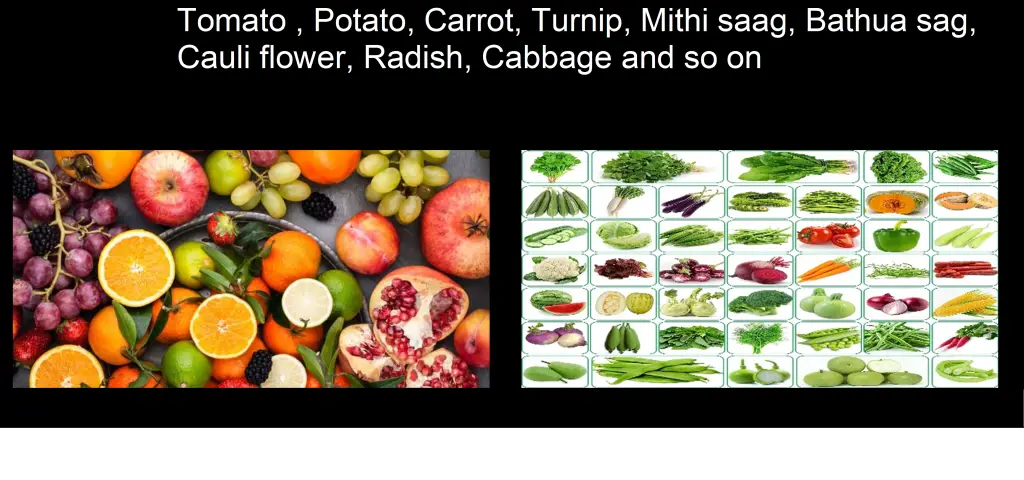
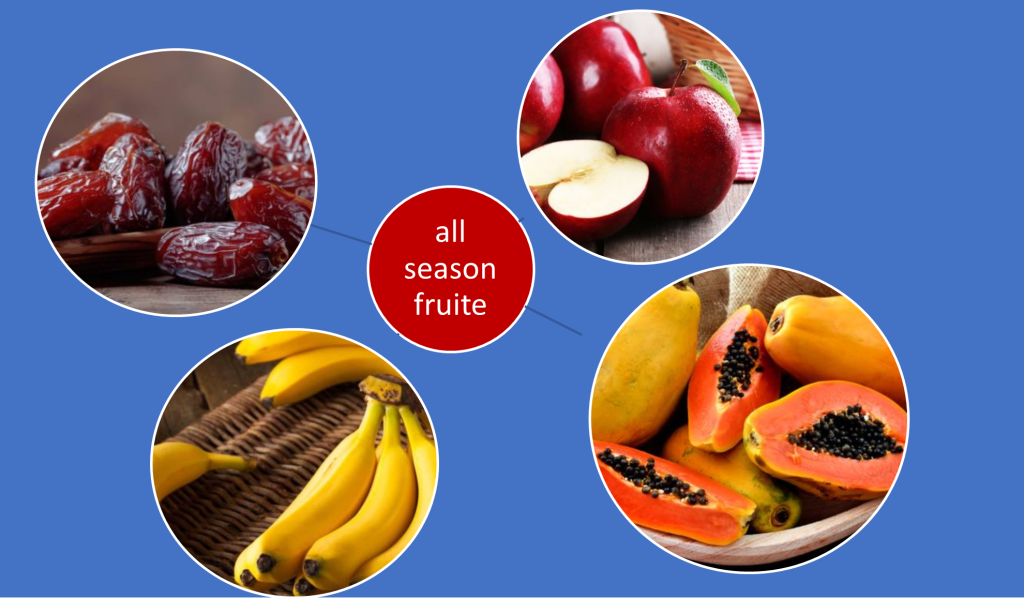
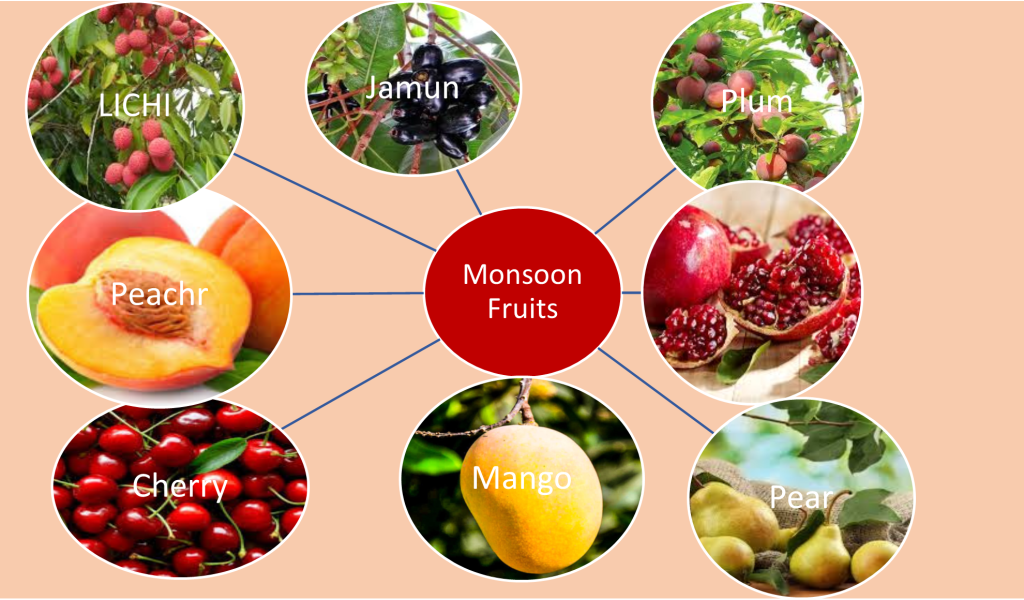
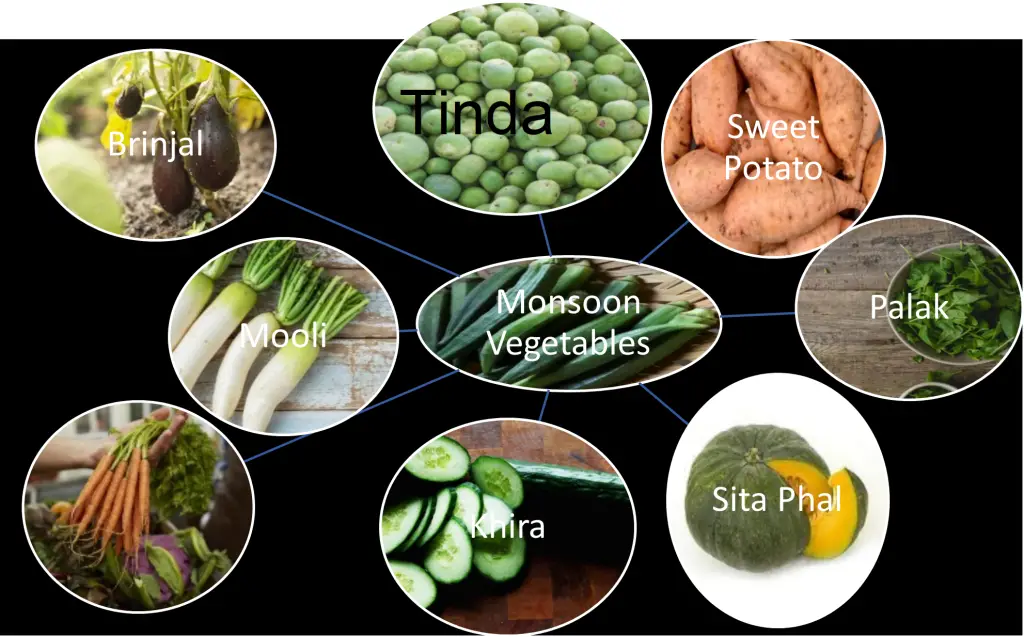
Pre-Summer, Summer and Post Summer Fruits
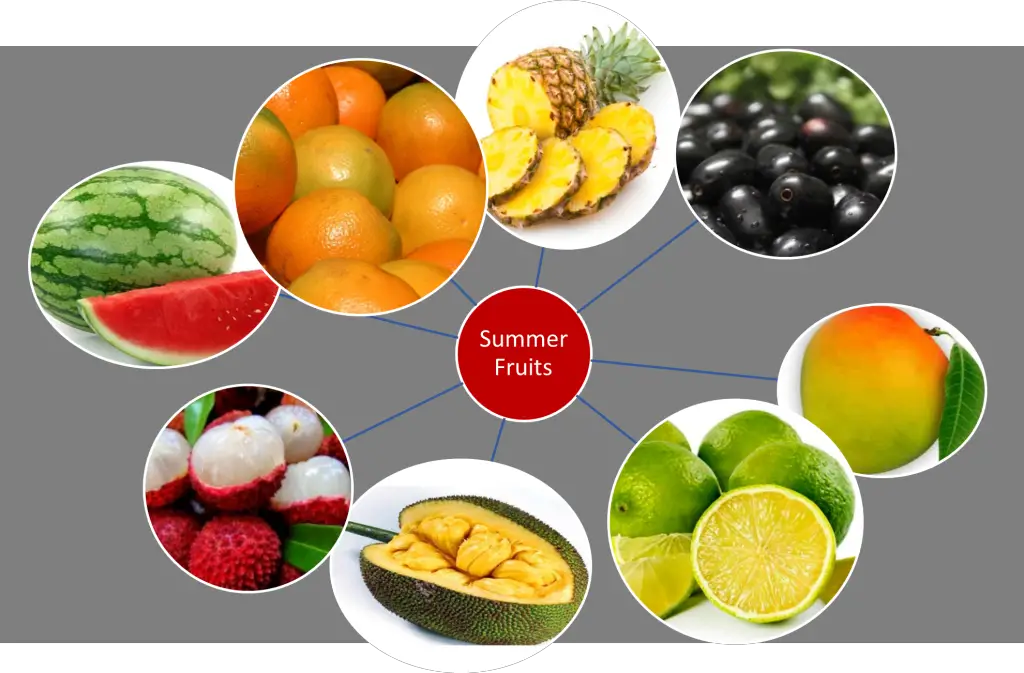
Pre-Summer, Summer and Post Summer Vegetables






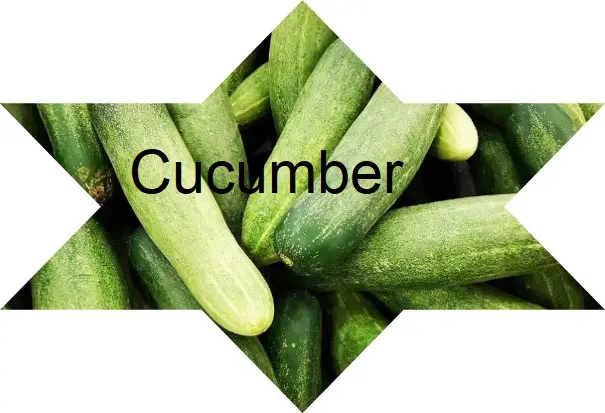



The growing seasons depends on your region, and accordingly the crop availability will vary.
The organic farming is better done in the right climate.
Recently government had budgetary provisions for organic farming in flood plains of the river. In flood plains the soil is fertile and gets enriched further during the further floods. The crops can be grown in non-monsoon period to avoid risk of crop damage.
Understanding Ground Truth.
Every year, several times in a year, you get information through live and non-live media channels and through public communication about dearness in fruits and vegetables. The purpose is to create in he minds of people and horror and generates politics. Understand, the politics when enters in any situation is dangerous. And it is because the media person has little knowledge or they do their wage work, creating terror in the minds of people and encourage hoardings. So act carefully and use resources carefully.
Also, the damages to crops due to uncontrollable and natural means must be understood by the people. The countryside people which are large in number manage it well. The problem is to urban and middle-class people, as they are more prone to dearness information received through media.
The media should be responsible to tell the facts to the public.
The fruits and vegetables shall be cheap if you buy seasonal fruits. It means the fruits and vegetables grown in your near environment. If you belong to Delhi or around, notice the seasons in this area, and notice the fruits and vegetables that come up for use in the seasons. These shall be cheaper.
Other Information
Vegetables and some fruit crop providing plants, are of short duration – two or three months. The fruits are also provided by trees that mostly and have longer life. But these fruits and vegetable growth vary from climate to climate of soil and the soil types.
Let us discuss the fruits and vegetables grown in three seasons- summer, rainy and winter, and the seasons in between the three main seasons.
Mangoes are fruits of summer. But if there are two summers in a country, the mango shall be available two times.
Tomatoes and potatoes are sown in winter and by the start of summer tomatoes and potatoes are off the field. Tomatoes cannot be stored, and potatoes are stored in cold stores till the arrival of next crop in next winter.
Anything grown in offseason , need extra efforts, require manuring and chemicals, and need transportation to send them to another climatic zone. The crop has no or less natural value. So, these are costly.
The seasonal fruits in the season grow in abundance and so are cheaper. The value of seasonal fruits and vegetables, as regards to their freshness, quality, taste and food value is more , and so more beneficial.
Kisan Kavi Ghagh
Indian kisan poet Ghahg, is said to belong to Chopra Bihar, but he settled in Kannauj district of Uttar Pradesh. He had his sayings on environment around Ganga Jamuna Doab (the place where he lived in UP India.) He devoted his time on agriculture and effects of weather and environment on agriculture. His sayings are used as forecast to lay men in the simple language, understandable by the people.( Hindi language)
Pleased with his efforts, the then king Akbar gave him money and land. And he created a village which is near Kannauj UP India as Akbarabad Ghagh Sarai.
He (Devkali Dubey) was a consummate agricultural pundit and practical man. His name remains on the tongues of the farmers of Bharat Varsha, especially of northern India. Whether buying oxen or ploughing the field, sowing seeds or reaping crops, the proverbs of the consummate guide them. These sayings are prevalent throughout India in oral form…. Wikipedia
Ramnaresh Tripathi ‘s ‘Ghagh and Bhaddri’ (Hindustani Academy, 1931 AD) is a very important compilation on Ghagh proverbs
Seasonal fruits and vegetables
| Hindi Months | English Month | Vegetables | Vegetables |
| Pausha – Magh | January | Brinjal, Beet root, Broccoli, Cauliflower Capsicum Cabbage, Carrot, Kunduru- Ivy Gourd , Peas Radish, Tomatoes, Spinach(palak), | Grapes, Guava, Passion fruits, Papaya, Pomegranate, Straw berries, |
| Magh – Phalguna | February | Broccoli, Cabbage, Carrot, Capsicum, Drumstick(sahjan Fenugreek(Methi), Radish, Spring onion, | Chickoo ,Grapes, Guava, Musk melon Oranges, Papaya, Pomegranate, Pineapple, Strawberries. |
| Phalguna – Chait | March | Capsicum, Carrot, Pointed gourd(Parwal), Spinach, Fenugreek, Pumpkin. Tindora | Banana, Grapes, Mango, Muskmelon, Orange, Pineapple , Strawberries. Watermelon, |
| Chait – Baisakh | April | Beans, Bitter Squash(Karela), Chaulai, Cucumber, Lauaki, Lady’s finger – Bhindi, Kundru, Pumpkin, Parwal, | Jackfruit (kathal) |
| Baisakh- Jyeshta | May | Beans, Cucumber, Lauki, Karela, Spinach | Jamuns, Mango — Alphonso, Kesar, Litchis Raw Papaya, Jackfruit, Muskmelon. Watermelon, |
| Jyeshta – Ashadh | June | Beans (gawar, etcetera), Cucumber, Cluster Corn, Capsicum, Lady’s finger, sweet potato, Spinach, | Mango — Alphonso, Dussehri, Kesar. |
| Ashadh – Sawan | July | Bottle guard -lauki, Snake gourd – chichinda, Karela , Round gourd – Tinda | Mango — Kesar, Dussheri, Cherries, Peach, Plum. |
| Sawan -Bladon – | August | Do – | Do |
| Bladon – Kunwar | September | Do- | Custard apple – Sharifa, Guava, Papaya, Pomegranate, Passion fruit. |
| Kunwar – Kartik | October | Do -,Brinjal, Tomatoes, Spring onions | Do – |
| Kartik – Aghan | November | Do – French beans | Custard apple, Dates, Guava Orange, Papaya, Pomegranate |
| Aghan – Paush | December | Do-, Bathua, , Beetroot, Palak Radish Sarson, Yam – ratalu | Custard apple, Fig- aner, Guava, Orange, Sweet lime, Pine apple. Strawberries, |
What not to eat and when – Ghagh
It is said that jaggery in Chait (March-April), oil in Vaishakh (April-May), travel in Jeth (May-June), bel in Ashadh (June-July), green greens in Sawan (July-August), Bhadon Curd in (August-September), milk in Kwar (September-October), whey in Kartik (October-November), cumin in Aghan (November-December), coriander in Pus (December-January), Magha (January-February) In sugar candy, eating gram in Phagun (February-March) is harmful.
Summery
In nutshell the consumer must consume only seasonal fruits and vegetable to relish natural and tasty fruits and vegetables. Know your natural environment crop and use them accordingly to get better and cheaper fruits and vegetables at affordable price.

